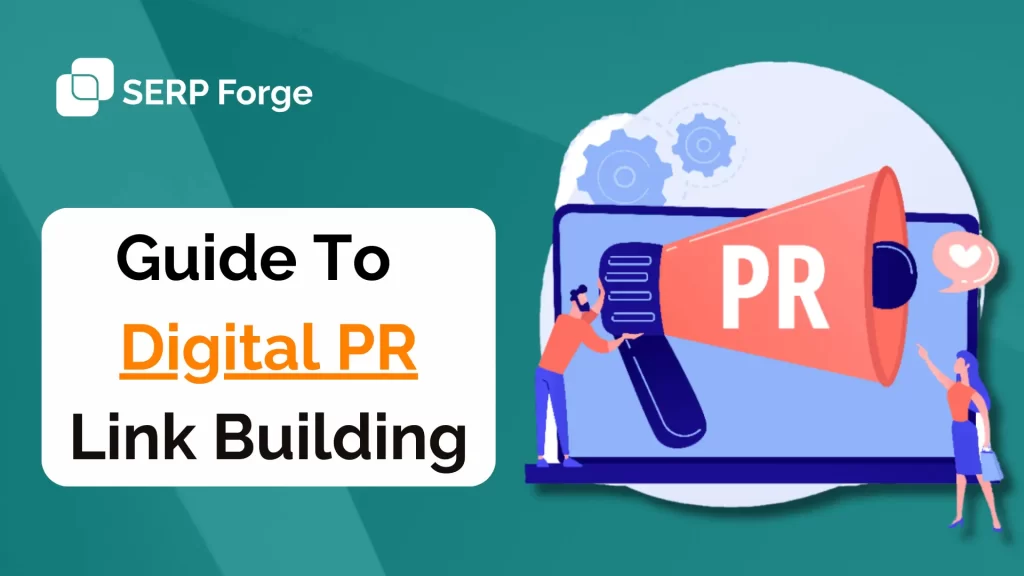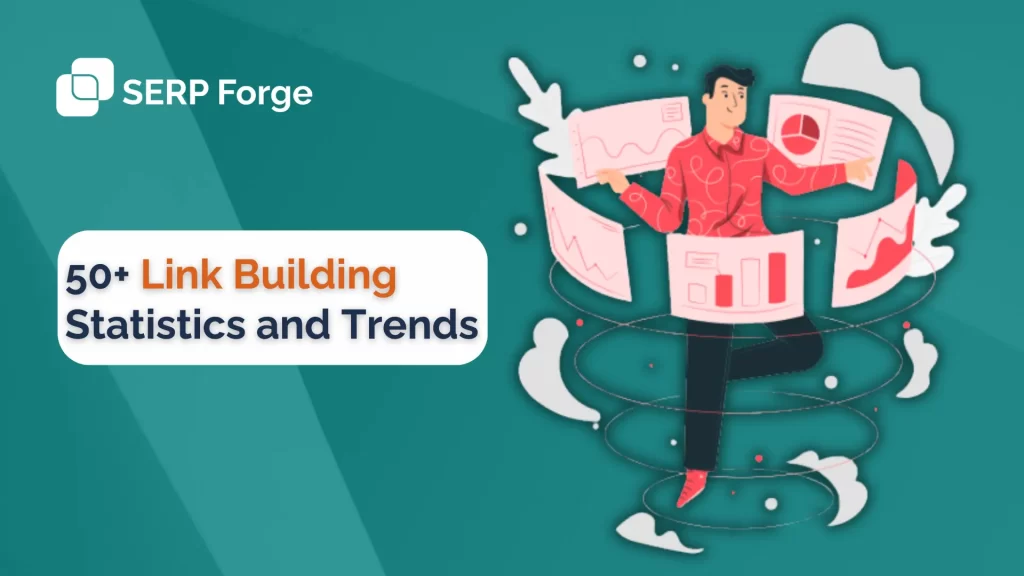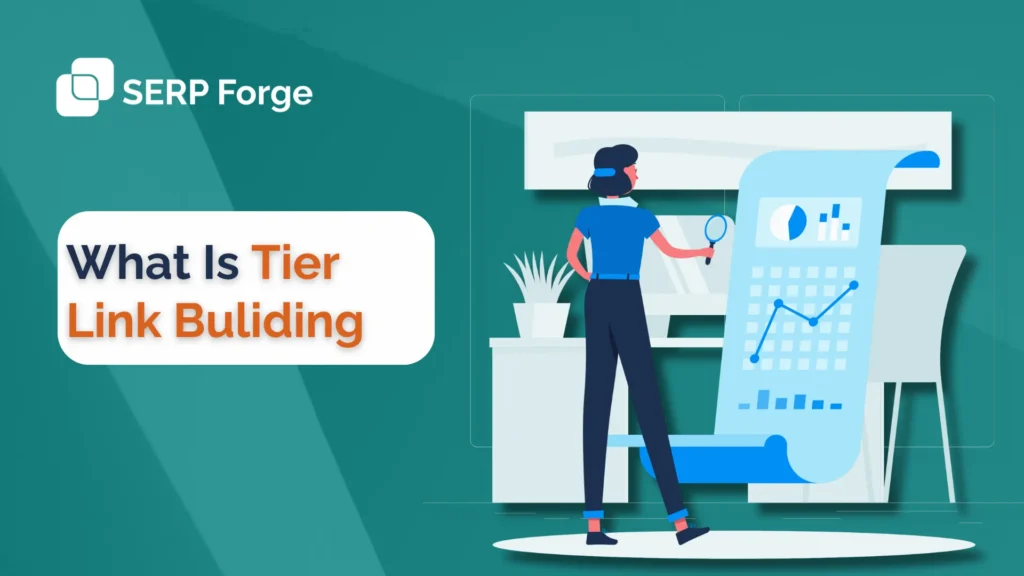If you believe just having links to your website is enough to rank higher, let us burst that bubble for you. The truth is, that some links can actually harm your search engine rankings.
Links from popular websites that are relevant to your topics are called high-quality backlinks. But there’s another kind: toxic backlinks. These are the types of links that hurt your website’s SEO instead of helping it because they’re the kind of low-quality links that are considered spammy links by Google.
So what should you do? Well, it’s best for you to always stay away from such toxic backlinks.
In this post, you are going to learn what toxic backlinks are, why you should avoid them, how to identify toxic links, and how to get rid of them.
Let’s go.
What are toxic backlinks
Now let us understand what toxic backlinks are. The simplest way to understand toxic backlinks is that toxic backlinks are the kinds of links that are links that can harm your website’s SEO.
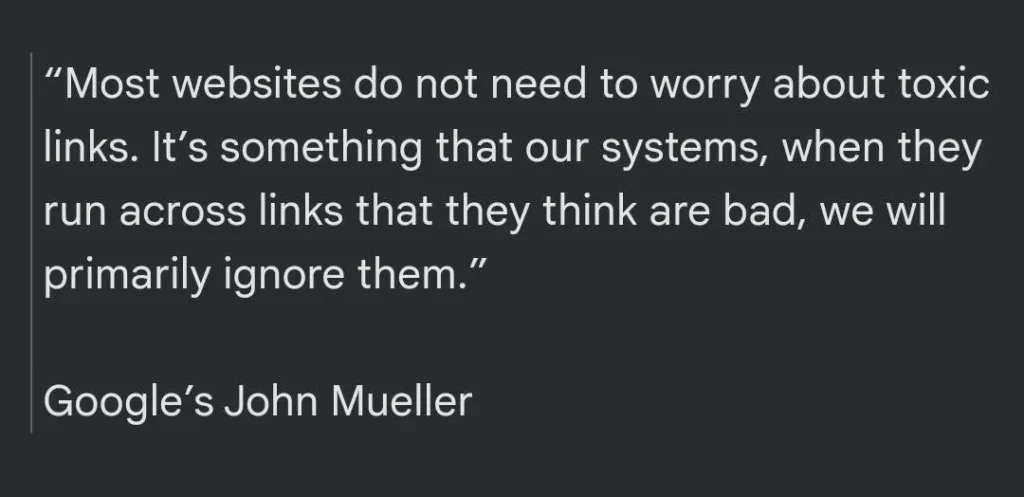
For example, building links using link farms is considered to be an artificial way of building links to your website, by Google. That’s why when you build links using link farms, you’ll probably receive penalties from Google which can result in some harm to your SEO.
So yeah, backlinks that bring any kind of harm to your website’s rankings are called toxic backlinks.
These are usually the low-quality forms of links that are built using manipulative techniques like link farms, low-quality directory links, Private Blog Network links, and so on.
However, you don’t need to worry much about toxic links as Google has now developed its algorithm to ignore such links.
Types of toxic backlinks
Before you learn how to get rid of toxic backlinks, it’s important for you to learn about the types of toxic backlinks that can come to your website.
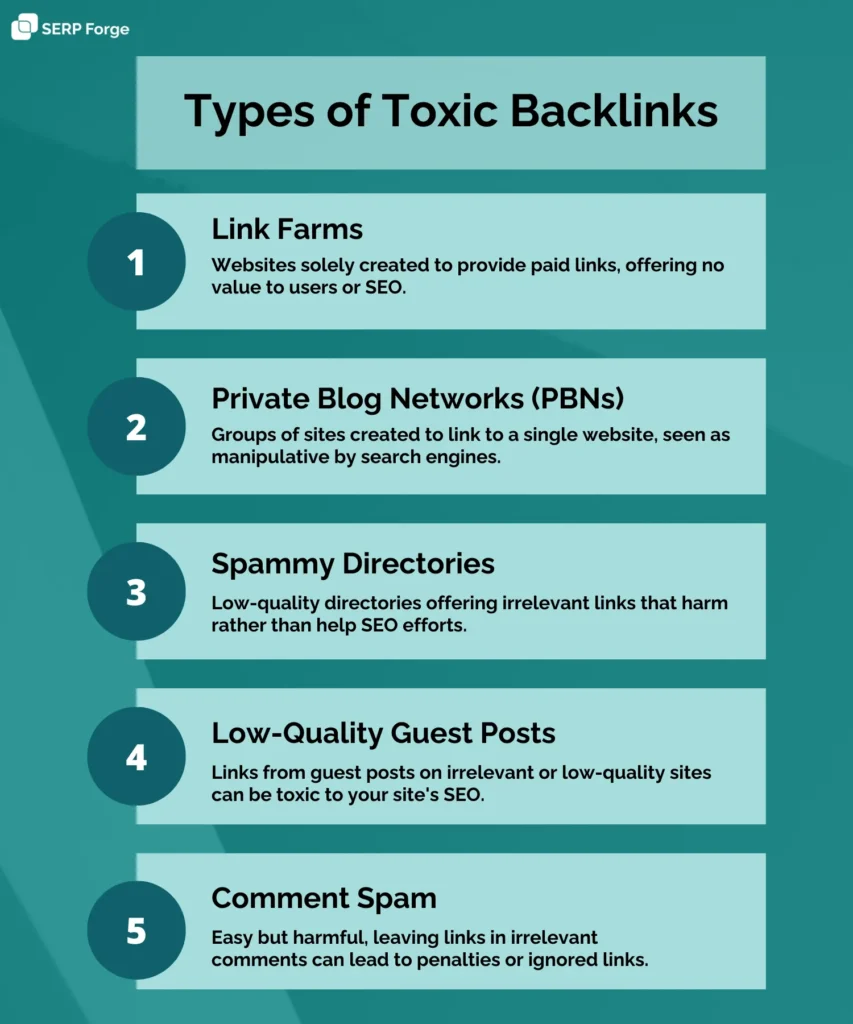
1. Link farms
What are link farms? Link farms are websites that have only one purpose – to provide links to other websites.
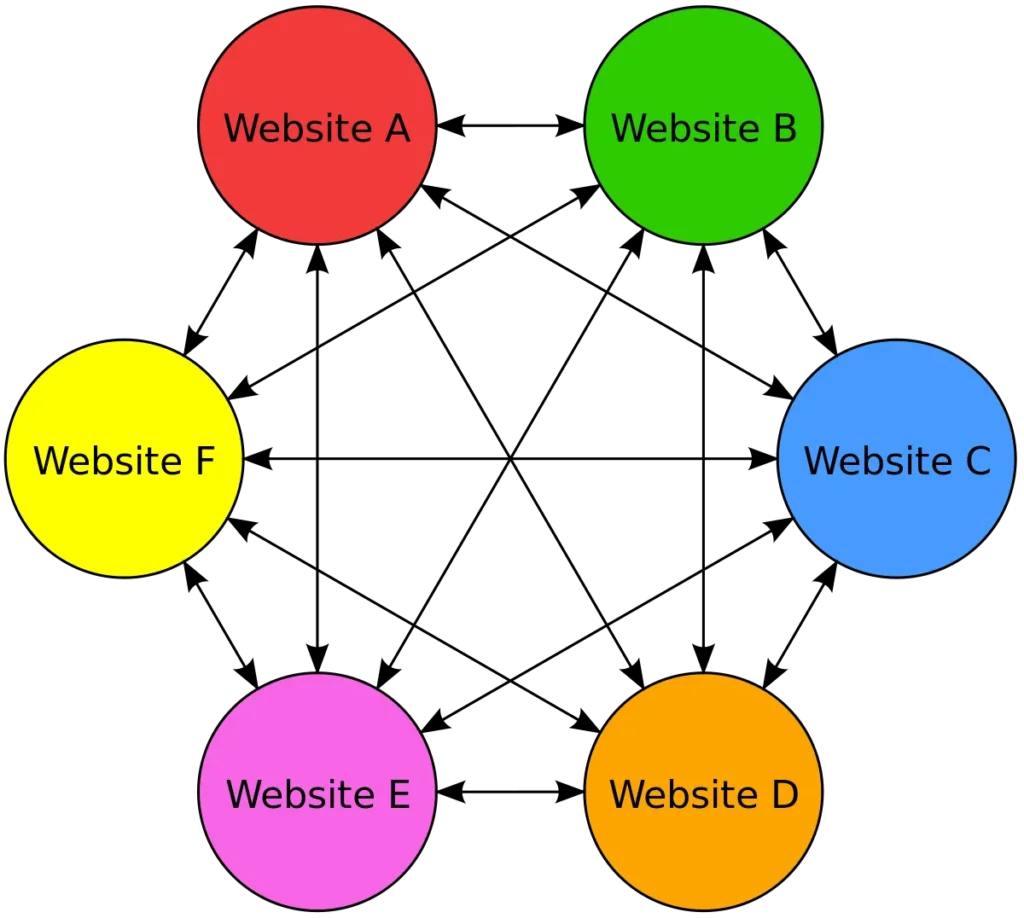
First of all, there are these real websites that are created to provide value and serve a greater purpose to the audience, and then there are link farm websites that are solely created for the purpose of providing links to other websites in return for some money.
These websites have no other purpose than providing paid links to external websites. If you try to build links from link farms, there is a high possibility Google will spot those links and either penalize your website or simply ignore those links.
Result? You’ll end up spending your time and money on something that gives you no benefit.
2. Private Blog Networks
Now, what are Private Blog Networks (shortly known as PBNs)? So PBN is a group of websites that you create solely for the purpose of providing links to your real website.
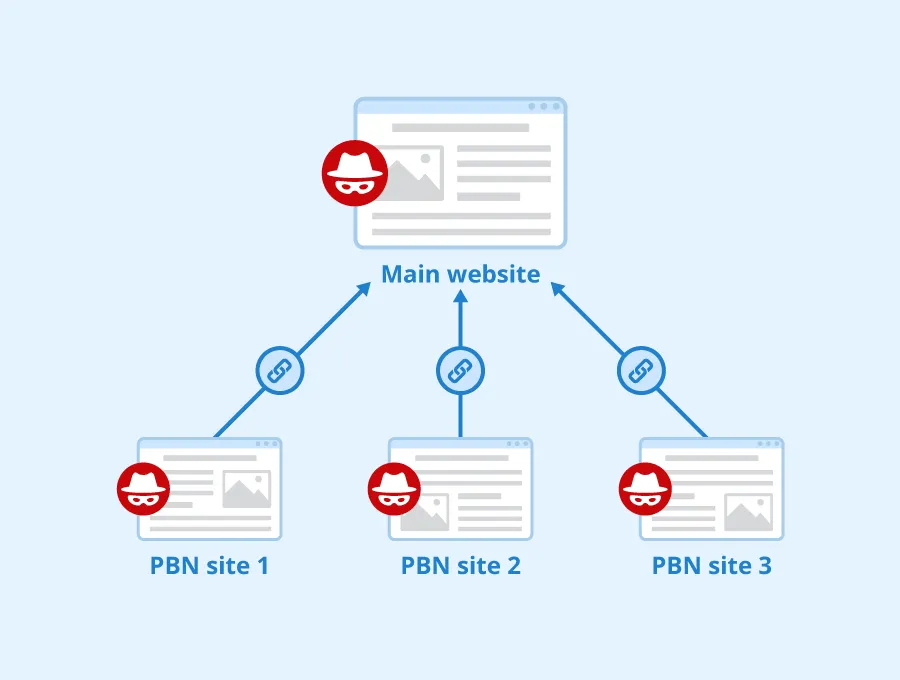
Just like link farms, these websites have no other purpose than providing links to your website. The links that you get from PBNs are highly toxic and can really harm your website if Google identifies those links.
Google considers earning links from PBNs as a manipulative method of earning links to your website and can penalize your website for those links.
3. Spammy directories
Another type of toxic link is the links that you earn from spammy directories.
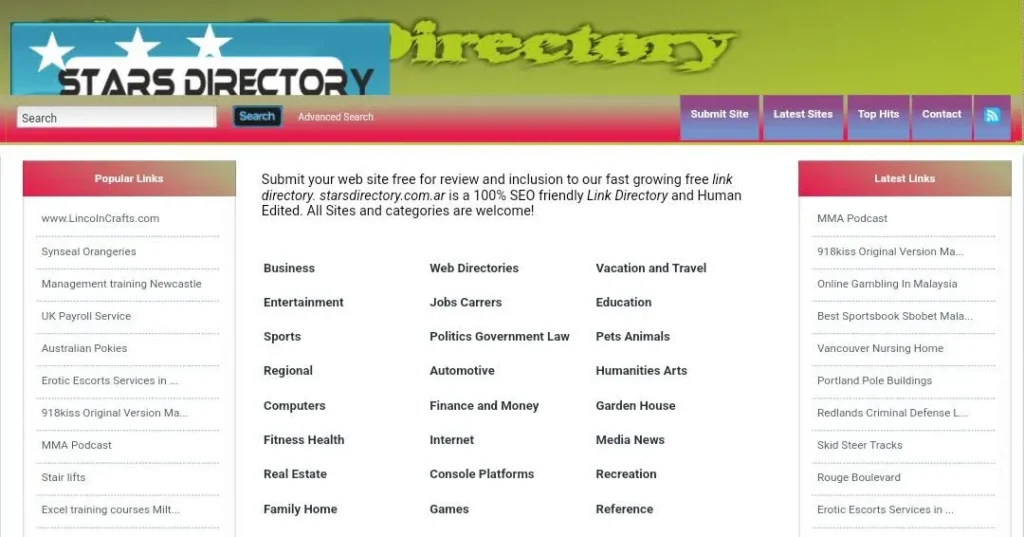
You see, there are a lot of spammy directories on the internet that are solely created for the purpose of providing links to other websites. The links coming from such directories never provide any benefit in terms of SEO.
If Google finds out that your website is receiving links from low-quality directories that are not relevant to your website, it will either ignore the links or penalize your website.
4. Low-quality guest posts
Yes, even guest posts can provide toxic backlinks to your website. Going for a website offering a link to your website in return for a guest post is always a good option to build links, but not when the target website is a low-quality site.
Writing guest posts on websites that are not relevant to your website and are of low quality always provide toxic backlinks that can harm your website.
5. Comment spam
This is another link building method that is used by many new website owners or bloggers when trying to build links. Why? It’s simply because this is undoubtedly the easiest method of building links to your website.
In this method, you place comments on external websites that allow you to add a link to your website in your name tag. This way, every time you place a comment on any blog post on that website, you’ll in a way receive a backlink from that website.
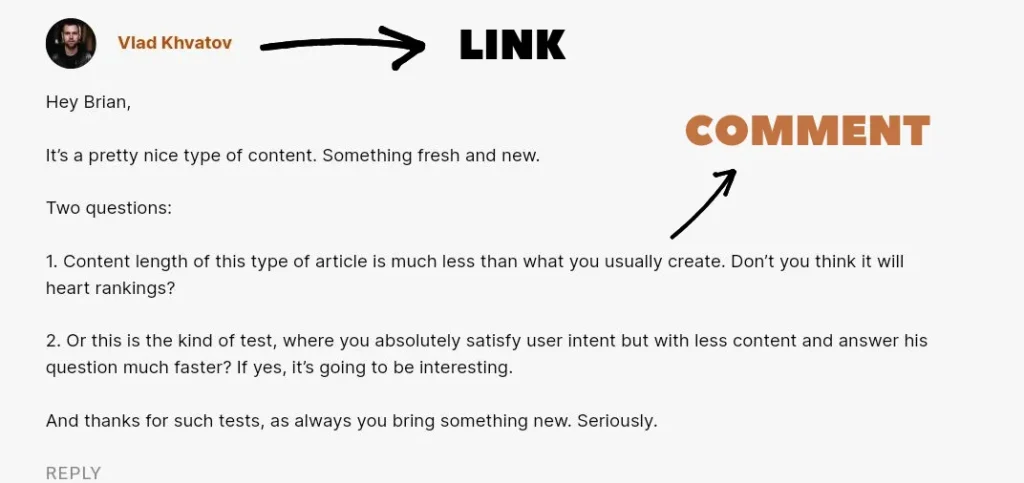
Though it is an easy way of earning links, the links that you get from such methods can be highly toxic and result in harm to your website.
Reasons why websites have toxic backlinks
It’s also important for you to understand the reasons why some websites have toxic backlinks. Let’s find out.
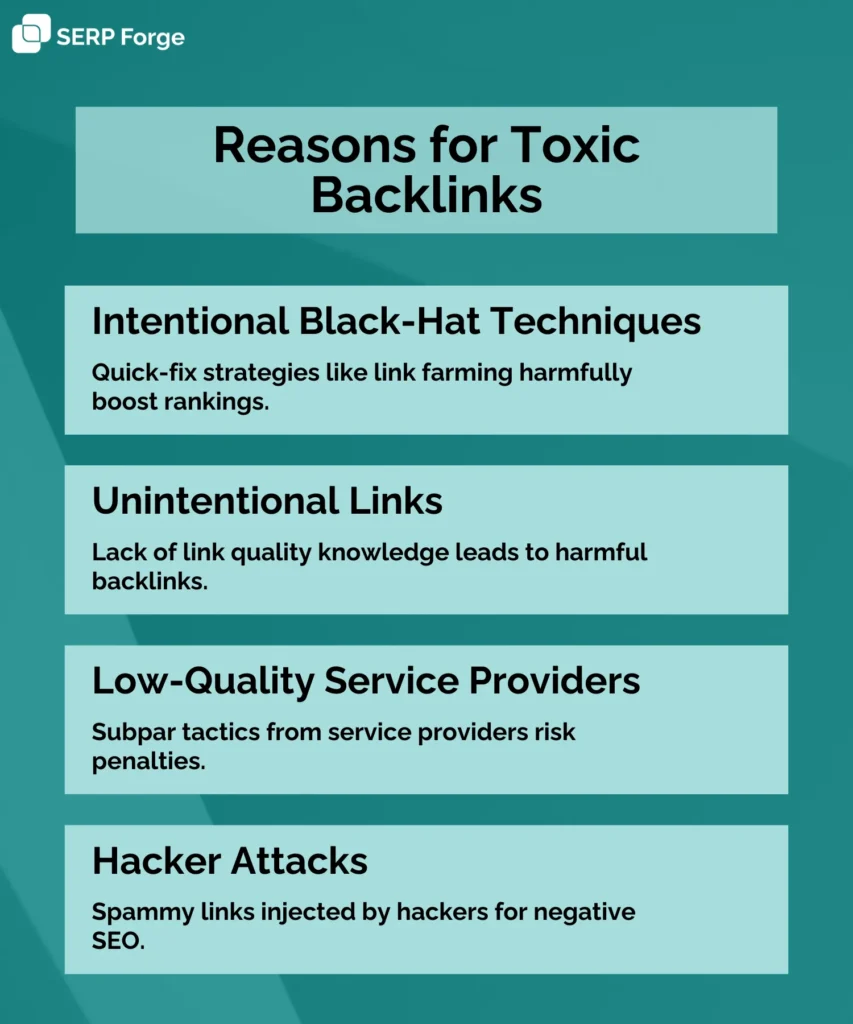
1. Intentional black-hat techniques
Sometimes website owners may intentionally use black-hat SEO techniques with the hope of boosting their rankings immediately.
These black-hat techniques can be anything such as link farming or PBNs, etc. Using such black-hat techniques can bring a lot of toxic backlinks to their website which will do more harm than benefit.
So yes, it’s always important for you to stay away from black-hat SEO techniques as these strategies can send toxic backlinks to your website that will harm your rankings.
2. Unintentional linking
Next, website owners may also sometimes earn toxic backlinks unintentionally. Let’s understand how.
You see, many website owners have very little knowledge about link building, its ins and outs, do’s and don’ts, and how to work on it. This makes it difficult for them to differentiate between high-quality legit links and low-quality toxic links.
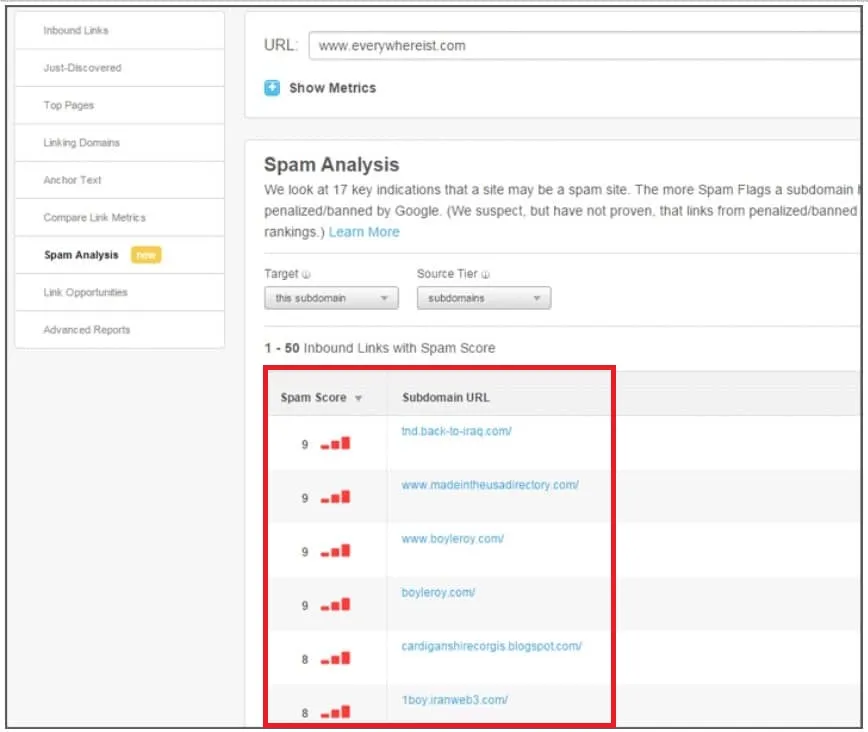
Any SEO person can come to these website owners and agree to provide them with links. Since these websites have very little knowledge about quality links, most scammers try to sell low-quality links to their websites. Moreover, sometimes the website owners themselves unintentionally build toxic links to their website.
This can bring a lot of toxic backlinks to their websites that are built unintentionally and can bring risks of Google penalties.
3. Low-quality service provider
What’s next? Sometimes website owners may also get toxic backlinks to their websites because of the low-quality service providers they are working with.
Oftentimes website owners end up working with low-quality service providers in the hopes of getting their work done in the easiest ways possible. Moreover, such low-quality service providers also promise quick results to those website owners which further persuades them to go for these services.
Sure, low-quality service providers may use links from directories and other methods to get quick links to a site, but these links will provide zero to very little benefit to that website.
This is simply because these kinds of service providers always try to use shortcut techniques to earn links to a website (black-hat techniques) which then puts the target website in danger. The links that you get from low-quality service providers may either get you some penalties from Google or provide you with no results.
If you are looking for an expert SaaS link building agencies working with total white-hat techniques, SERP Forge is just the agency for you. We have a team of professionals who respect your website’s SEO and use only the best strategies for you. We have a team that knows the ins and outs of link building. We believe in complete transparency so you don’t have to worry about your website and links when working with us.
4. Hackers attacks
What? Hackers attacks? Yes, hacker attacks. Sometimes hackers may inject spammy links into a website’s backlinks profile without the knowledge of that website’s owners. This puts the site in danger.
But why would hackers do it? You see, sometimes competitors may engage in negative SEO techniques and try to decrease a website’s rankings by sending spam links to the target websites.
These competitors may pay hackers to send spammy links to the target website. Result? If Google finds out about the toxic backlinks on the target website, it may decrease its rankings.
The good thing here is that Google has developed its technologies and it can now (oftentimes) easily identify negative SEO attacks.
Risks of having toxic links to your website
Let’s find out what are the risks of having toxic links to your website.
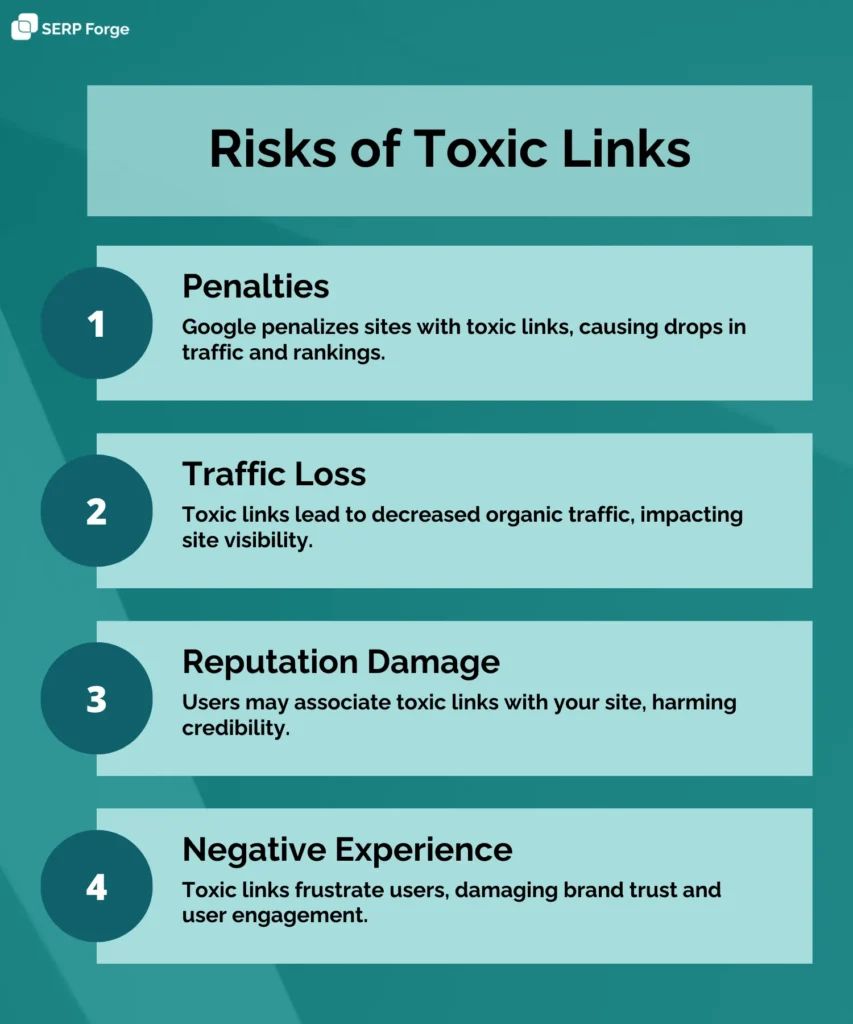
1. You can get penalties
The first risk of having toxic links to your website is that it can bring some penalties from search engines like Google.

See, Google puts a lot of effort into maintaining its search result quality to present only the best and most relevant results available for the searches. To do so, it uses a lot of methods. Penalizing websites with spammy links is a part of their methods.
When Google detects spammy or toxic links on your website, it may penalize your website as a part of its search engine quality methods.
These penalties can result in a lot of things such as a sudden drop in traffic, a decrease in rankings, removal of websites from search results for specific queries, or even other manual actions. That’s why it’s important for you to stay away from toxic links.
2. You can lose traffic
What’s next? Well, the toxic links on your website can also result in the loss of some organic traffic.
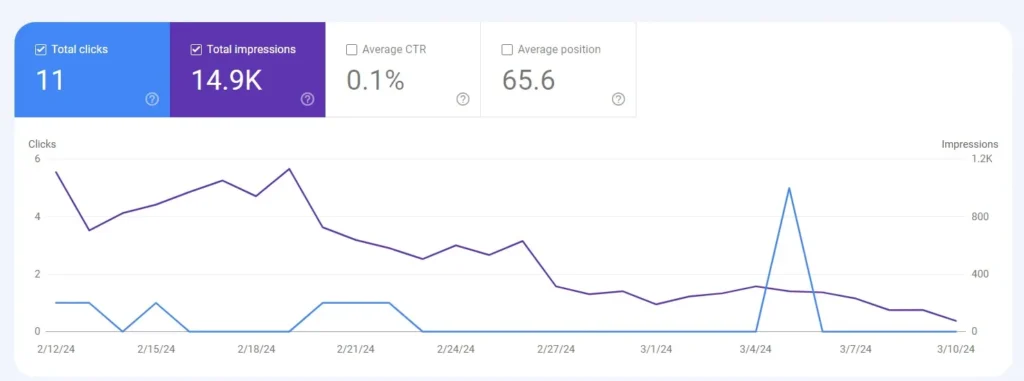
Loss in organic traffic is one of the most significant results of having toxic links on your website. Organic traffic here refers to the traffic that you get from search results. So when Google penalizes your website, it results in a sudden drop in your website’s rankings.
This leads to a decrease in the amount of organic traffic coming to your website as you lose your top rankings. Loss in traffic can also result in many more losses as users from your niche might not be able to find your website in the search results.
3. You can damage your website’s reputation
Another risk that you can get from toxic links is that it can damage your website’s reputation. Let’s understand how.
So if your website has a lot of toxic links, users may find some kind of association between the website sending those toxic links and your website. This can damage your website’s reputation as users may start seeing your website as an unreliable source.
This can also question your website’s legitimacy and may seize users from engaging with your website which will then decrease brand loyalty and customer retention, making it difficult for you to attract new customers.
Moreover, it can also damage your website’s brand image in front of other businesses. This can result in the loss of many business opportunities. Toxic links also make you lose the trust of your audience, search engines, as well as other businesses.
4. It can give a negative user experience
Having toxic links on your website can give your users a negative experience. Let’s understand how.
So when users find a link on your website that takes them to a spammy website, it can lead them to stop trusting your website and even result in a negative brand image.
When users click on a toxic link on a website expecting to land on a valuable piece of content, toxic links direct them to some spam and malicious website. This can confuse the user and make them frustrated, making them never come back to your website.
Moreover, these toxic links will increase the bounce rate and decrease return visits as having those links on your website can hurt user engagement and stop them from exploring further and spending more time on your website.
How to identify toxic links on your website
Now that you know what toxic backlinks are and how your website could have them, let’s understand how to identify all the toxic links that you have on your website.
1. Use Google Search Console
The first way to identify the toxic links that you have on your website is by using Google Search Console.
This one is the manual way of checking toxic links on your website and can take a lot of time.
Here’s how to do it:
First, go to Google Search Console
From there, click on the “Links” option from the sidebar of your Google Search Console.
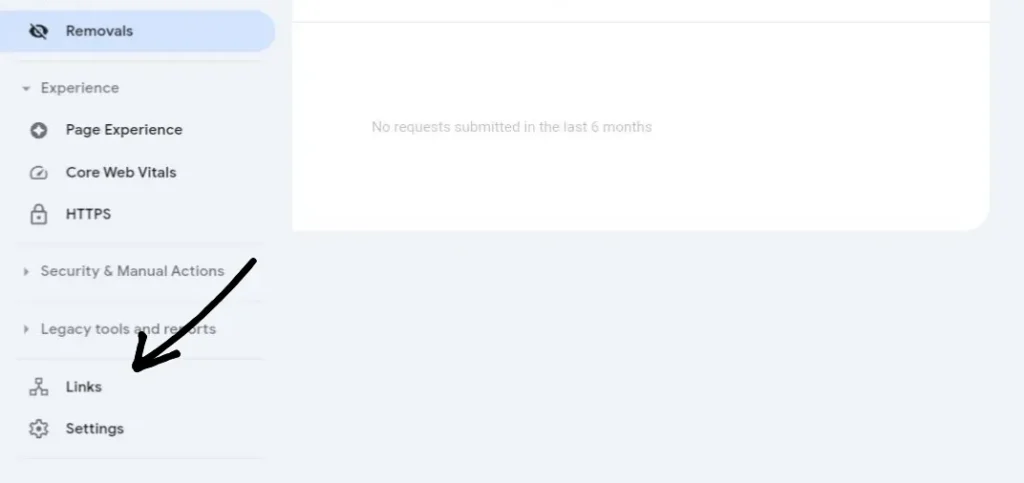
After clicking that option you’ll see a small list of some domains linking to your website. Click on “more” from that section.
Once you click the More option, you’ll then get the “Export” option on the top right side of the page.
From there, download your Sheet, Excel, or CSV.
Now it’s time to start looking for all the toxic links on your website. Since this thing can take a lot of time, it is recommended to always focus majorly on the sites that link more frequently.
2. Use a tool
The other way of identifying toxic links on your website is by using a toxic backlink checker tool.
This one is usually a faster way of identifying toxic links when compared to the previous way as the toxic link checker tool does the analysis on its own and gives you the list of toxic links on its own.
There are many toxic backlinks checker tools online such as Semrush’s Backlink Audit tool, WebCEO Toxic Backlinks Checker, and so on.
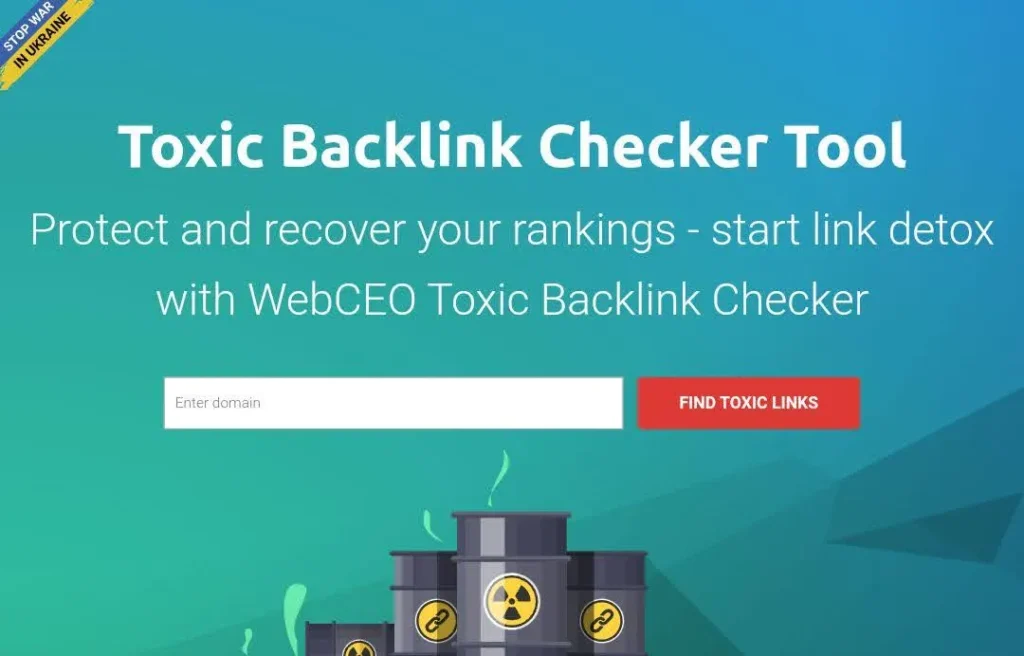
These tools help you analyze all the links coming to your website and pick the ones that are spammy and toxic.
You can send your website for an audit on the tool and it will try to analyze all your links using some methods. The methods used will help separate toxic links from healthy links and present all those links to you.
How to get rid of toxic backlinks
Now that we have understood everything about toxic backlinks and how to identify them, let us understand how you can get rid of toxic backlinks and remove them from your website.
Contact the site owner
The first step to removing toxic links from your site is to contact the owner of the website that is sending you those links. It is recommended by Google to first try to contact the owner and simply ask them to remove the link from their site. You can also ask them to add a rel=”nofollow” tag to stop that website from passing any Pagerank to your website.
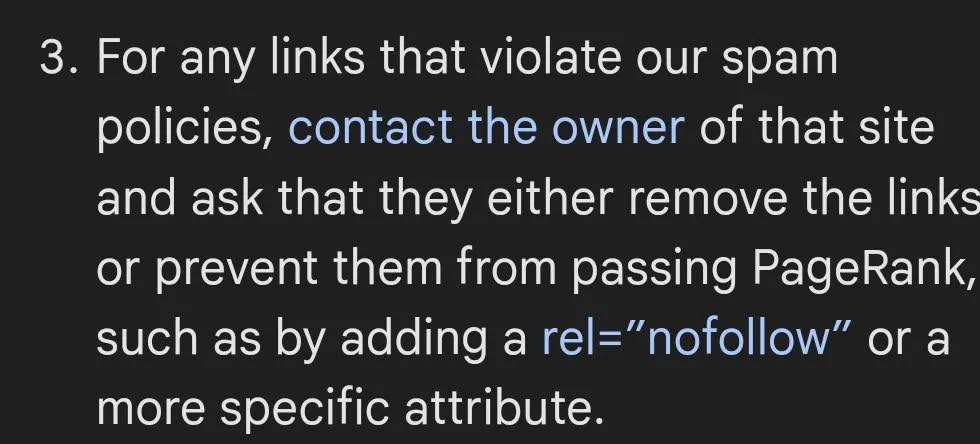
This stops that website from passing any link juice to your website and keeps your website on the safer side.
In case you are unable to contact the website owner or they are not removing the link from their website, you can always disavow that link. Let’s understand how you can do that.
Disavow that link
Before you go for the disavowing links part, you should know that it is recommended by Google to use this method only when you find some serious issues with your link. This is because many people have suffered more damage from the links they have disavowed.

The disavow links tool is used when you want to tell Google to ignore some links that are pointing to your website.
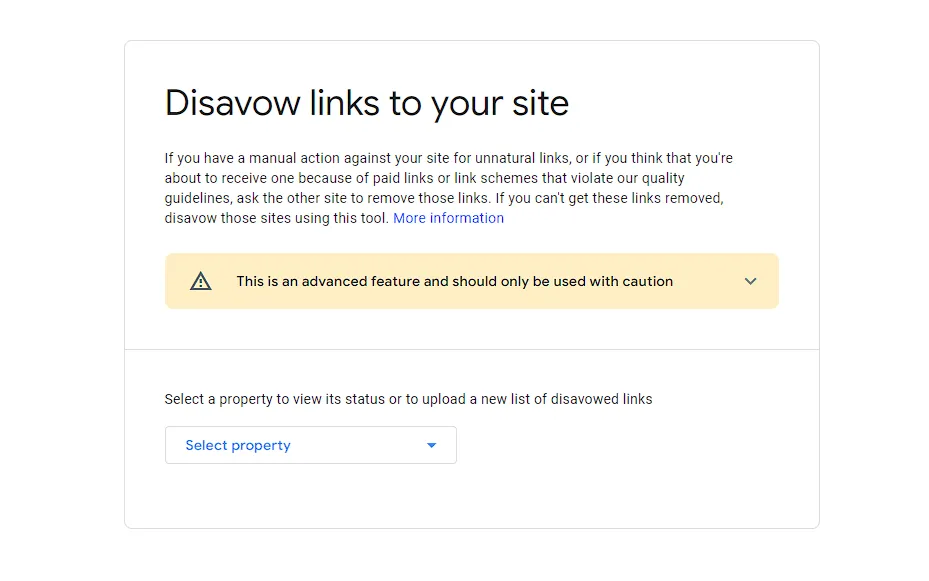
It is recommended by Google to remove the links from your website if possible before disavowing those links. Simply adding all backlinks to the disavow file is not considered a good-faith effort by Google, as it will not be enough to make your reconsideration request successful.
Now let us understand how to disavow links.
To disavow backlinks, you will need to first create a text file with a list of all the URLs you want to disavow your links from.
Google recommendations:
- Specify one URL or domain to disavow per line. You cannot disavow an entire subpath, such as example.com/en/
- To disavow a domain (or subdomain) prefix it with “domain:”, for example: domain:example.com
- The file name must end in .txt
- Maximum URL length is 2,048 characters
- The maximum file size is 100,000 lines (including blank lines and comment lines) and 2MB.
- Next, to upload your file, go to the disavow links tool page, and then select a property and upload your list.
Google will then consider your request and tell its crawlers to ignore those links.
Some additional tips on toxic links
Let’s end this with some final tips that you can use to stay away from toxic links.
1. Do regular backlinks audit
The first and most important tip to stay away from toxic backlinks is to regularly perform backlinks audits. Backlinks audit can be done using tools like Google Search Console, Ahrefs, and Moz. These tools will help you get a list of all the links pointing to your site.

Once your list is ready, then you’ll have to analyze all the links and remove all the toxic links from that list.
2. Work with a good agency
In case you are planning to hand over your link building responsibility to an agency, it’s your job to make sure you are going for an agency that you can trust.
Low-quality service providers working at a really cheap rate can use black-hat SEO techniques to build links to your website which will increase the chances of getting toxic links. That’s why it’s important to choose the best agency for your website.
3. Build links from high-quality websites
When building links to your website, our best tip will be to avoid quick hacks. Don’t get too excited by the quick hack deals that people sell. Such deals can increase the potential of receiving toxic links to your website.
That’s why it’s important to only go for high-quality websites to ensure you get only the best backlinks to your website.
Conclusion
So here we are to the end of this blog post. In this post, we talked about what toxic backlinks are, why some websites have them, the risks of having toxic backlinks, and how to identify and remove these links.
Now it’s your turn to take one step and start analyzing your backlinks profile to make sure you don’t have any toxic backlinks on your website and stay away from them.
Looking for a trustable link building agency that can build healthy links to your website? We got you. Give us the responsibility of building links to your website and we’ll work on it as if it were for our own website. Contact us and start working with us today.
FAQs
-
Does Google care about toxic backlinks?
Yes, Google does care about toxic backlinks. It has algorithms that can easily detect all the toxic links on a website. However, unlike before, Google now prefers ignoring toxic links rather than penalizing sites with toxic links. Therefore, you will not get any benefit if you have toxic links on your website.
-
How do I know if a backlink is toxic?
Well, there are many methods that you can use to determine whether a link is toxic for your website or not. This includes checking whether the link is coming from a low-quality site or a healthy site and ensuring that the link is not earned using any black-hat techniques.
-
How are toxic backlinks created?
Toxic backlinks are created when you receive irrelevant and low-quality links from spammy websites. It can be created either by you or the service provider you hire. It can also be created from hacker attacks. That’s why it’s important to be careful and analyze each backlink that you have on your site.


